-
NASA’s Curiosity rover is getting ready to stick its shovel in the Martian soil and then perform a detailed analysis of the resulting sample.
Curiosity has gone more than 1,300 feet since landing on Mars and, for much of the recent drive, scientists have been searching around for a “good sandbox to play in,” said Michael Watkins, the rover’s mission manager during a NASA press conference on Oct. 4.
Now, it seems like they’ve found the right spot. The rover is parked at an area that researchers are calling the Rocknest, where it will stay for several weeks to practice its scooping. Curiosity pushed one of its wheels into the loose sand (pictured below) at this location and spun it about it make sure it’s loose and dry — perfect for sampling.
The rover will use its suite of advanced instruments to analyze the soil, first with its close-up MAHLI camera and X-ray spectrometer APXS. But the big test will come from using the Collection and Handling for Interior Martian Rock Analysis (CHIMRA) instrument.
CHIMRA (pronounced ki-mera) has a small scoop, “basically an oversized tablespoon,” said engineer Daniel Limonadi, who works on Curiosity’s surface sampling and science system, that will pick up “half a baby-aspirin pill” worth of material. Once it has procured a sample, the entire instrument suite will tip up and shake rapidly — at around 8 g — to make sure the sample travels down a long tube and gets to the analysis instruments. Below you can see a video of the scoop operating on Earth before Curiosity launched.
-
Frams: NASA-Video
-
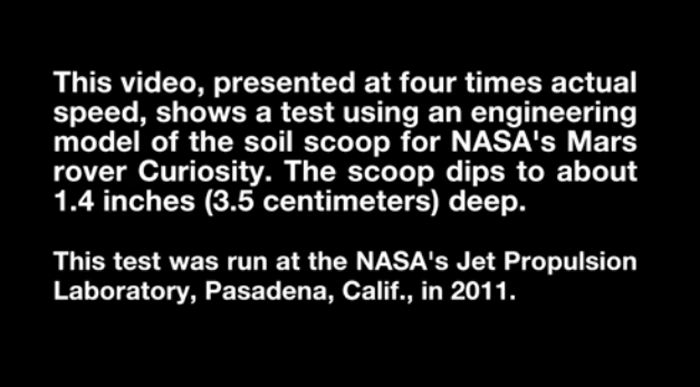
-
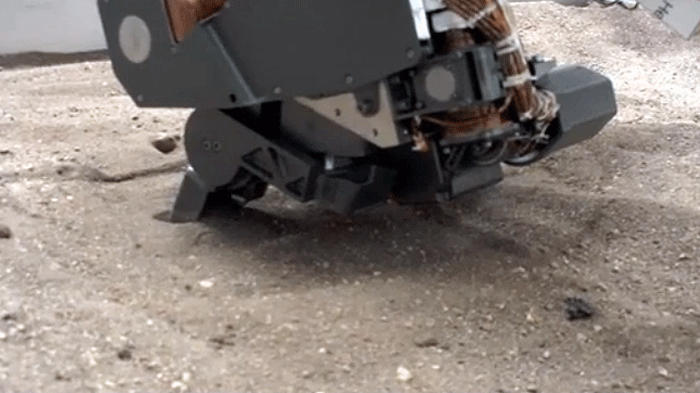
-
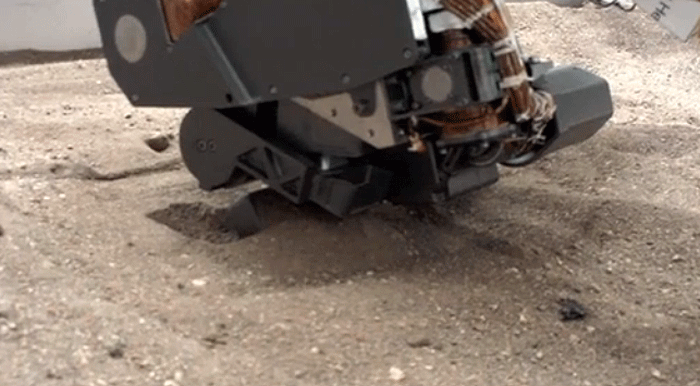
-
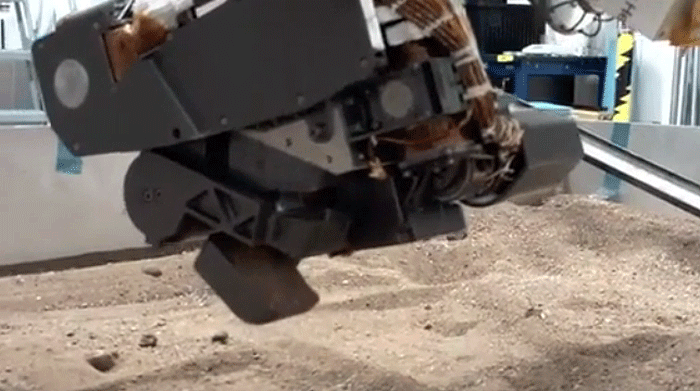
-
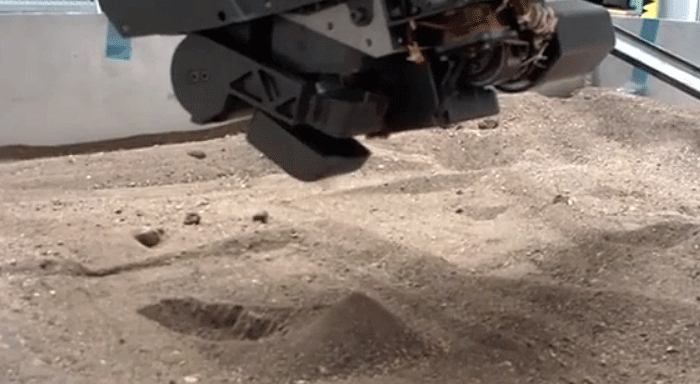
-
During this first scooping procedure, Curiosity will be using the Martian sand to clean out its interior. Despite being kept in immaculate conditions on Earth, there was no way to avoid a small oily film from building up on the instruments prior to launch. With the Martian sample, the rover will sand blast its interior surfaces and remove this film. “We will rinse and repeat three times to clean everything out,” said Limonadi.
Once everything has been cleaned and purged, Curiosity will use its arm to bring a sample of sand to its body and send it to its lab instruments (a computer-generated video shows this operation below). These include SAM and ChemMin, which will tell scientists all of the secrets of this Martian soil. Though the first sample is expected to be fairly nondescript, “even the most boring sand on Mars is going to be a new result,” said Limonadi.
Because this is one of the keystone operations that Curiosity will undertake while on Mars, engineers are being very careful during this first scooping maneuver. The entire operation is expected to take at least a few weeks, since each day, Curiosity will stop and use its cameras to photograph the scoop, the sample, the arm, and every movement to constantly check its progress.
“We’re taking a lot of extra steps to make sure we know exactly what’s going on,” said Watkins. If all goes well, future scooping maneuvers will be faster.
-
Quelle: NASA
6041 Views
